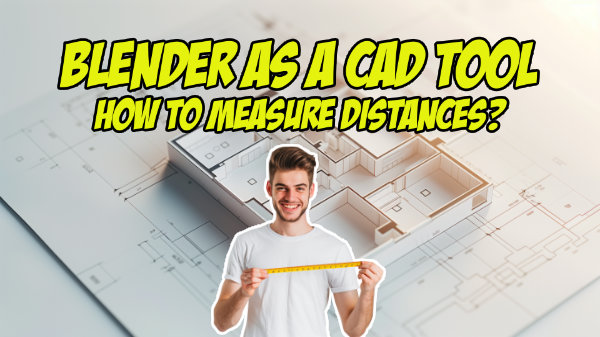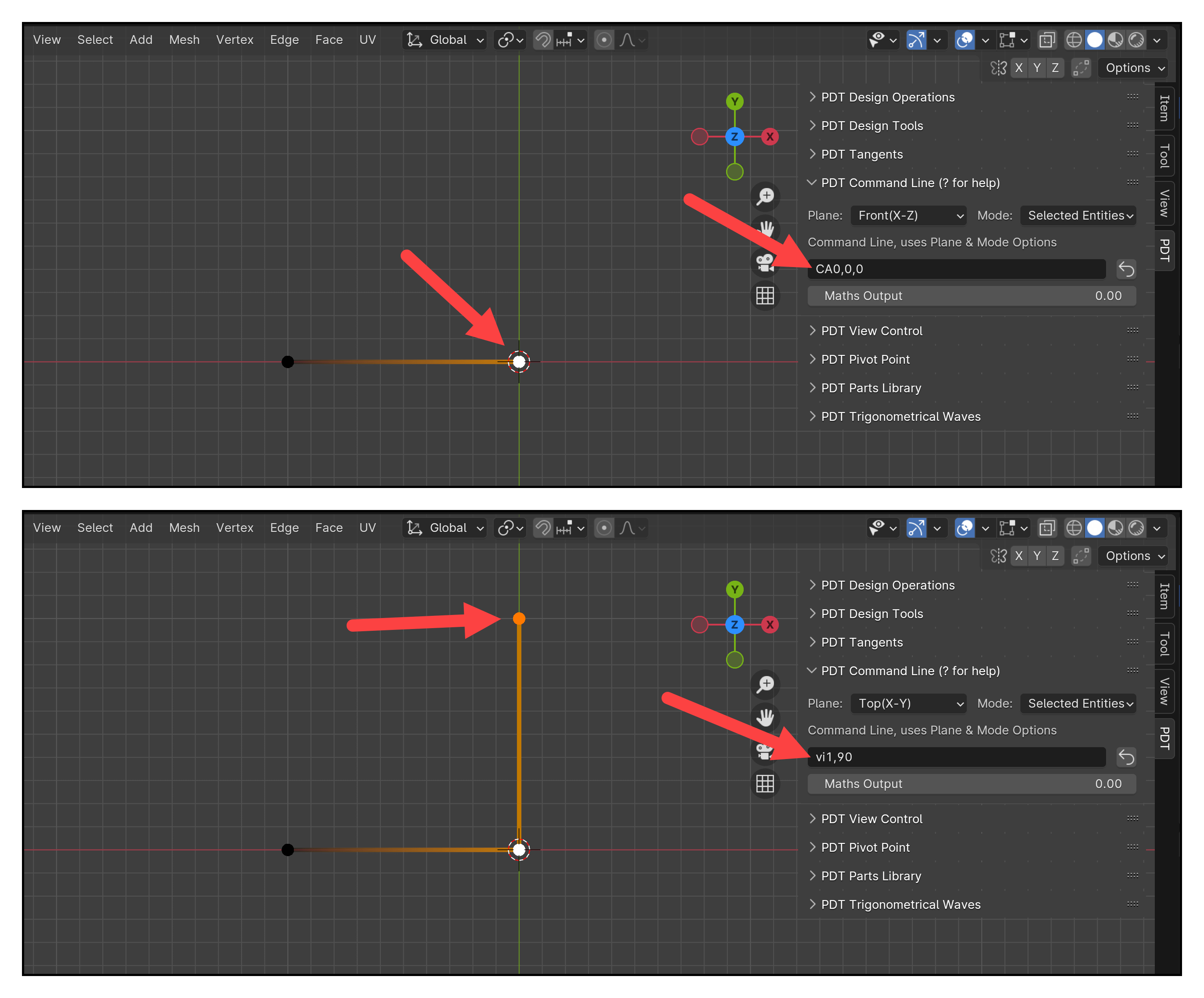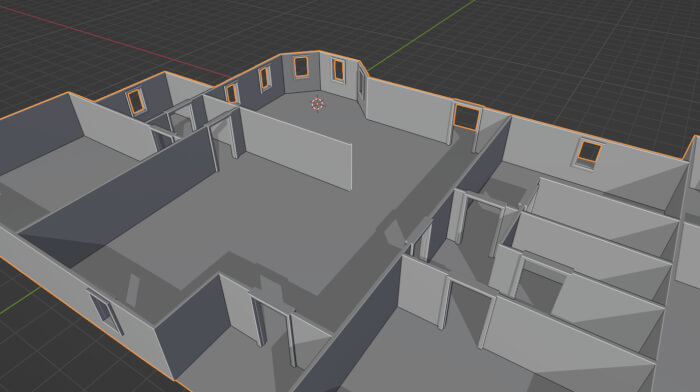
One of the easiest ways to get a great library of 3d models for architectural visualization is either buying the objects, or create your own models. I do prefer to work on my own models, because it is always nice to have control over textures, polygon count and with time you will get more practice in 3d modeling. If you have some spare time to work on the modeling of something simples, but necessary in a lot of architectural visualization project, which is a cushion. It may seem a too simple object to worry about, but depending on the cushion type, we may have to add lots of creases and small details.
An artist called “3d immortal†created the video below and the objective of his tutorial is to teach Cinema 4D users how to create a cushion in Blender.
Blender Tutorial 3 – Modelling a Cushion from 3D Immortal on Vimeo.
I believe that not only Cinema 4D users will enjoy the video, but artists that already uses Blender as their main tool for 3d modeling. Not to mention the users that work with architectural visualization. If you never had the chance to create a cushion, here is your opportunity.





The tut is ok. But i think you complicated to much with te mirror modifier; just do x,y,z once.
Hey Allan
THX for this tutorial.
Just a tip: You don’t have to Mirror it 3 times. You can just check the other Axis in the Mirror-Modifier (X,Y,Z).
Apply it and in the editmode W->Remove Doubles